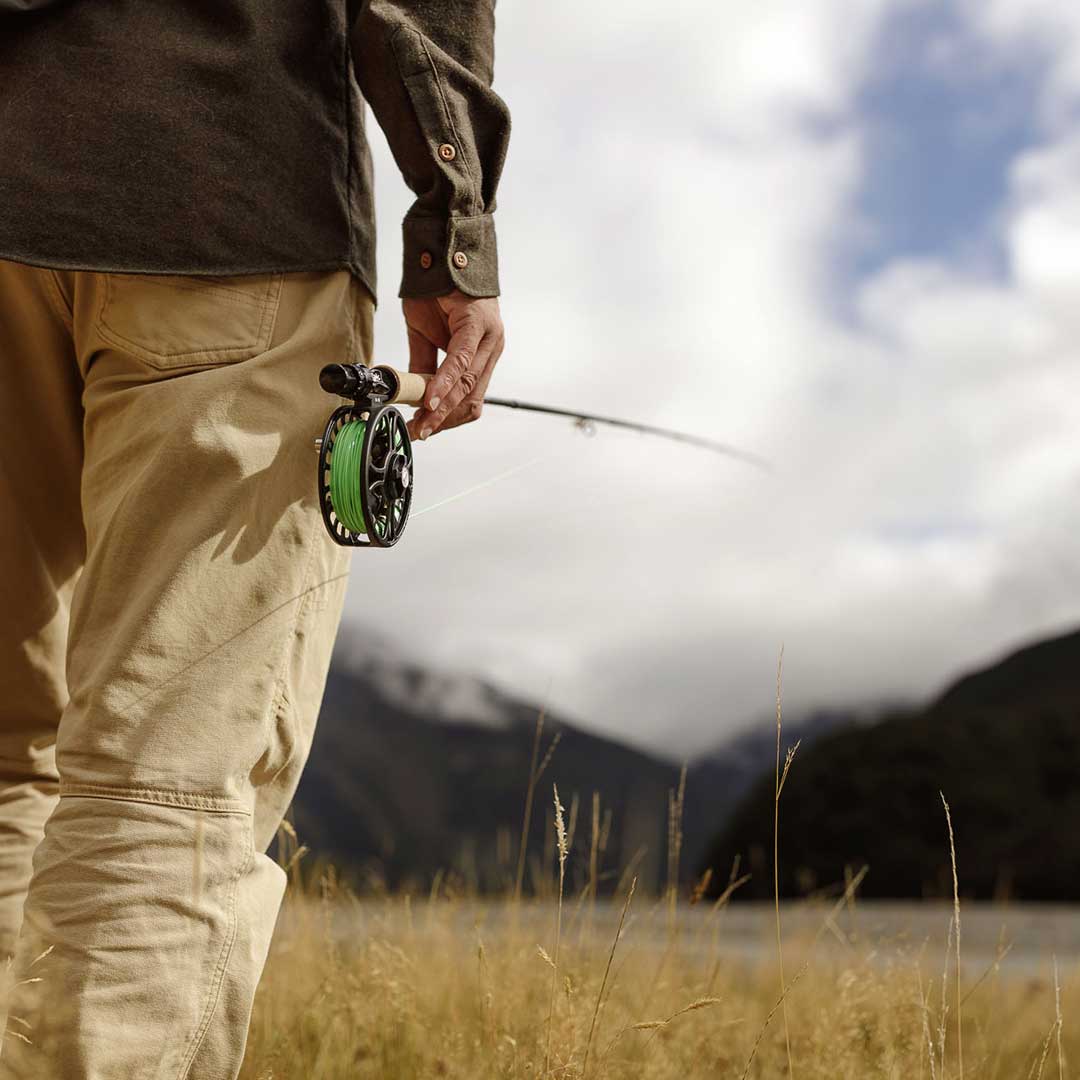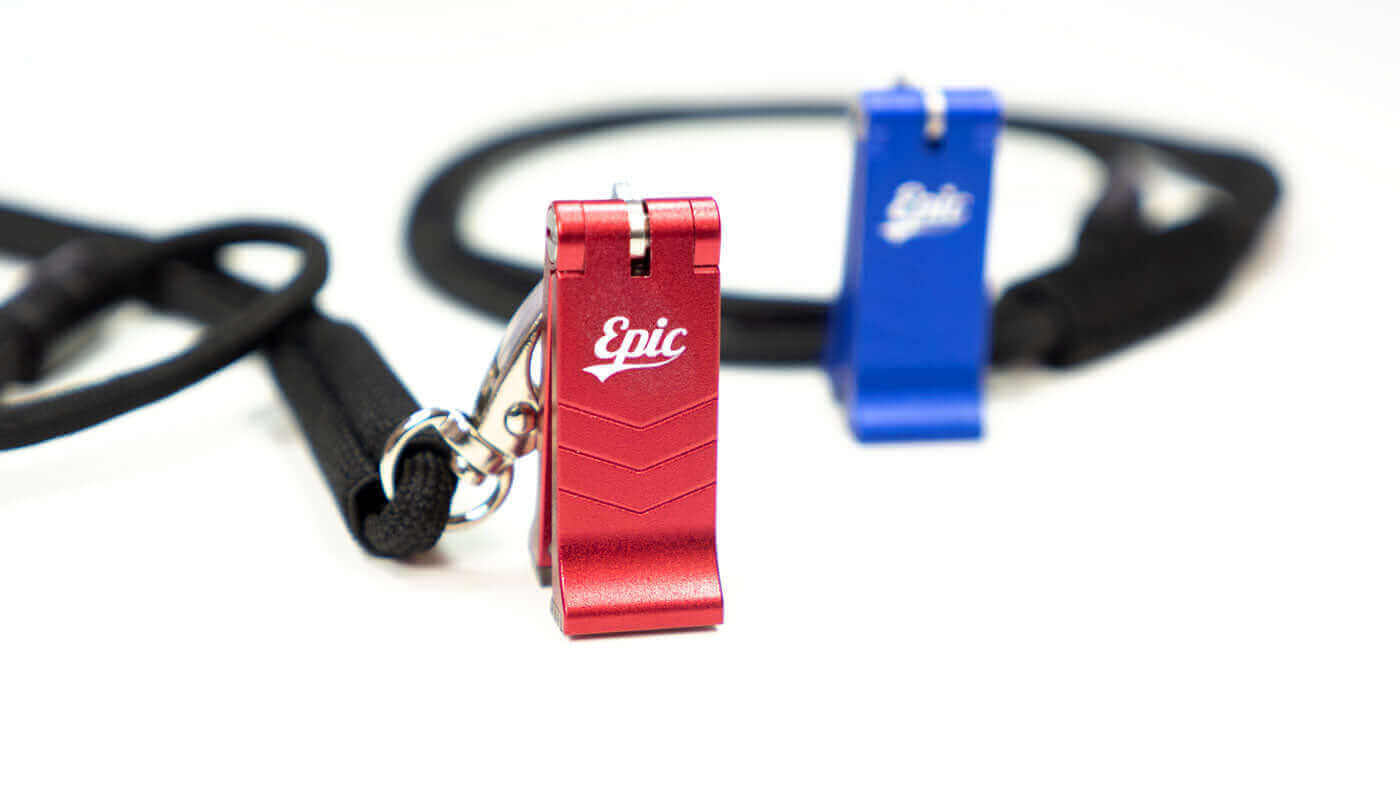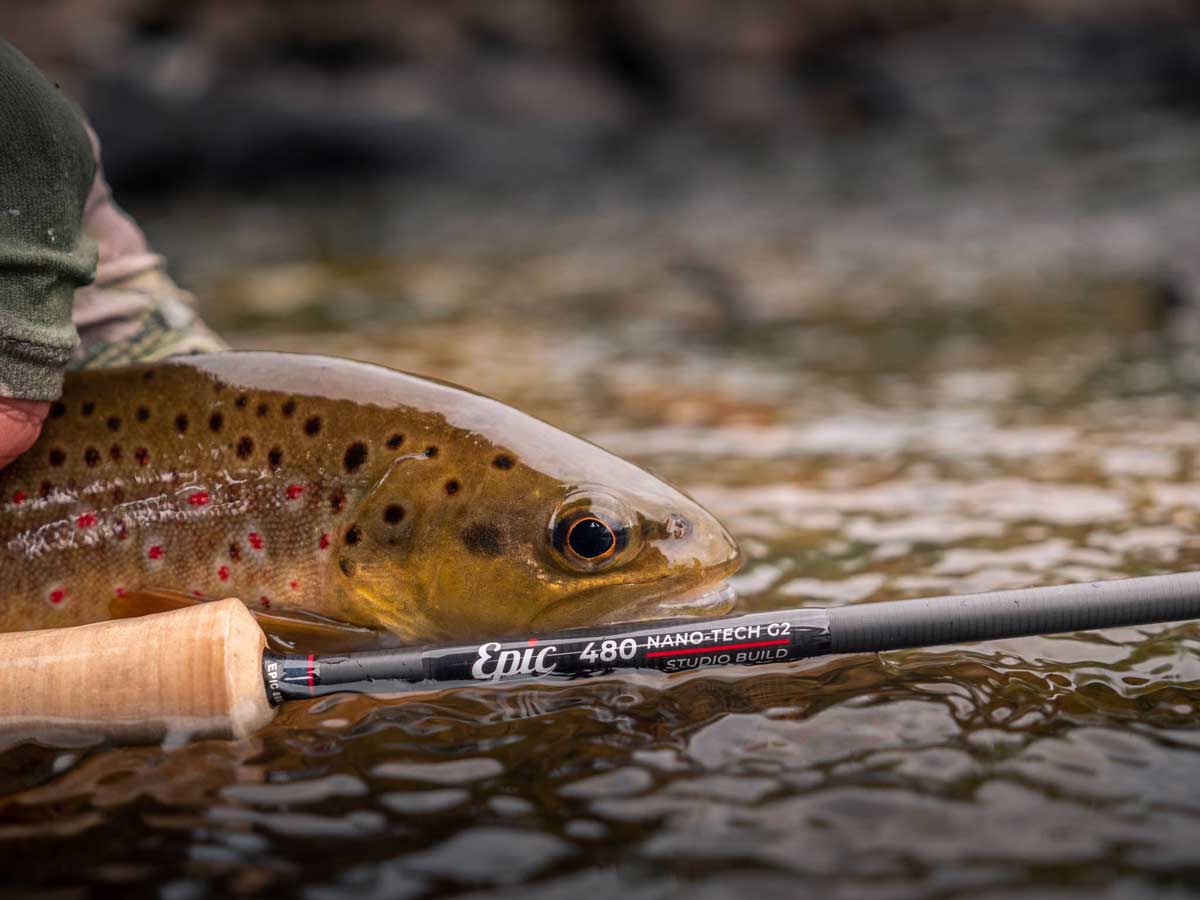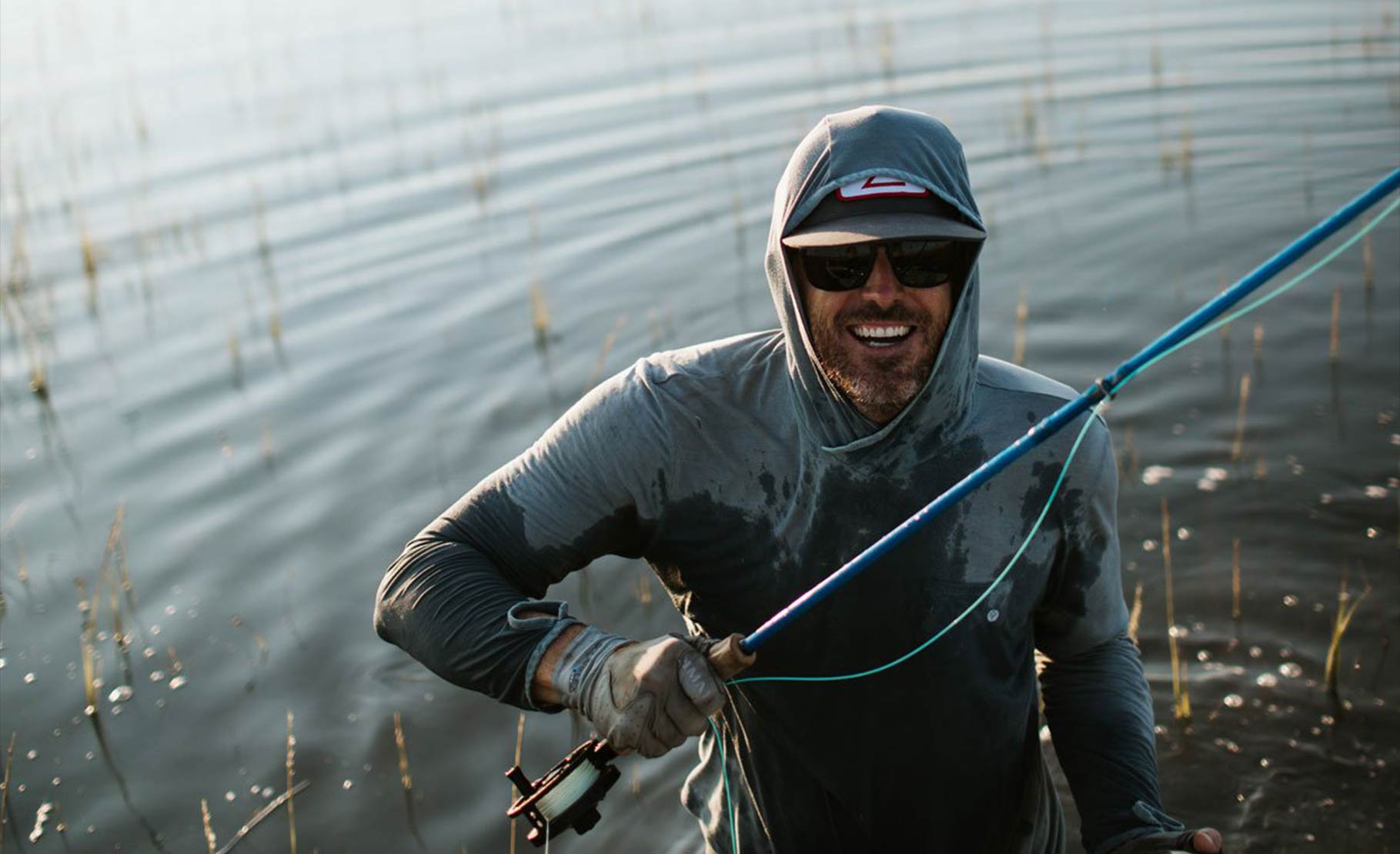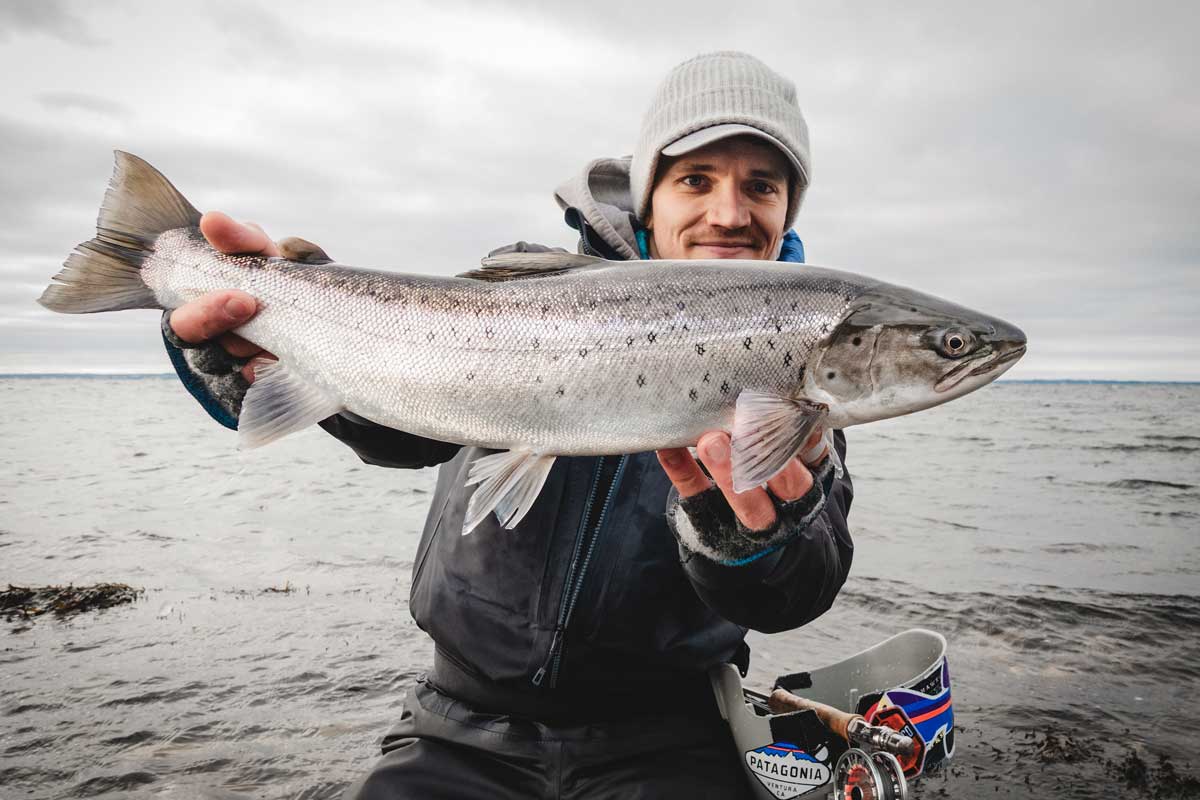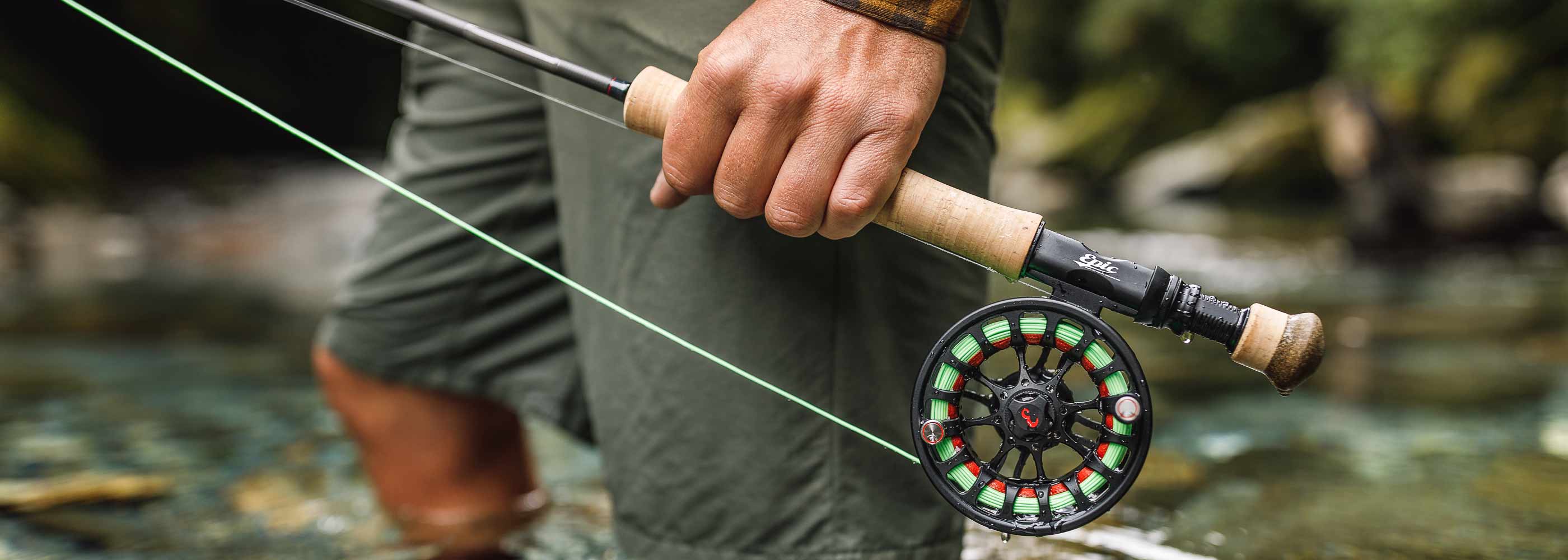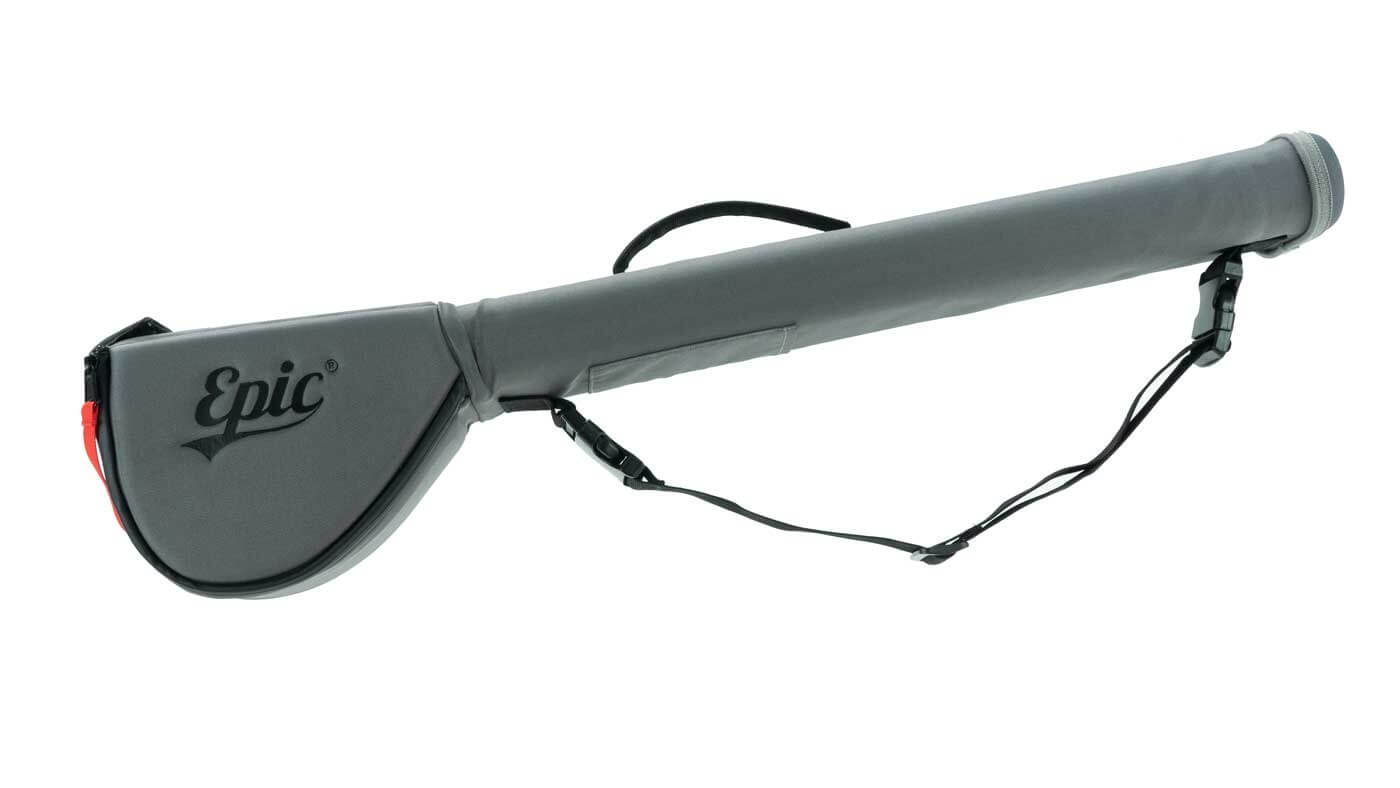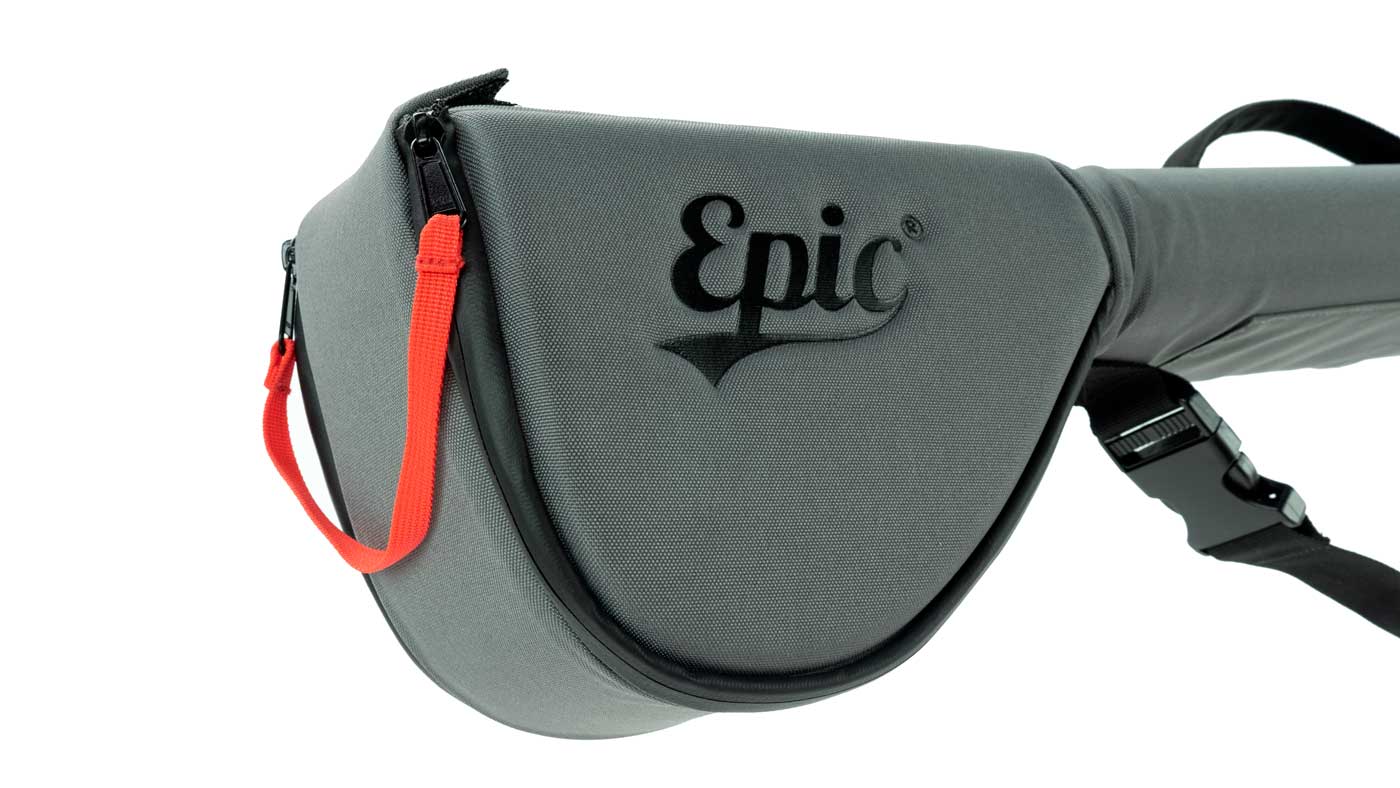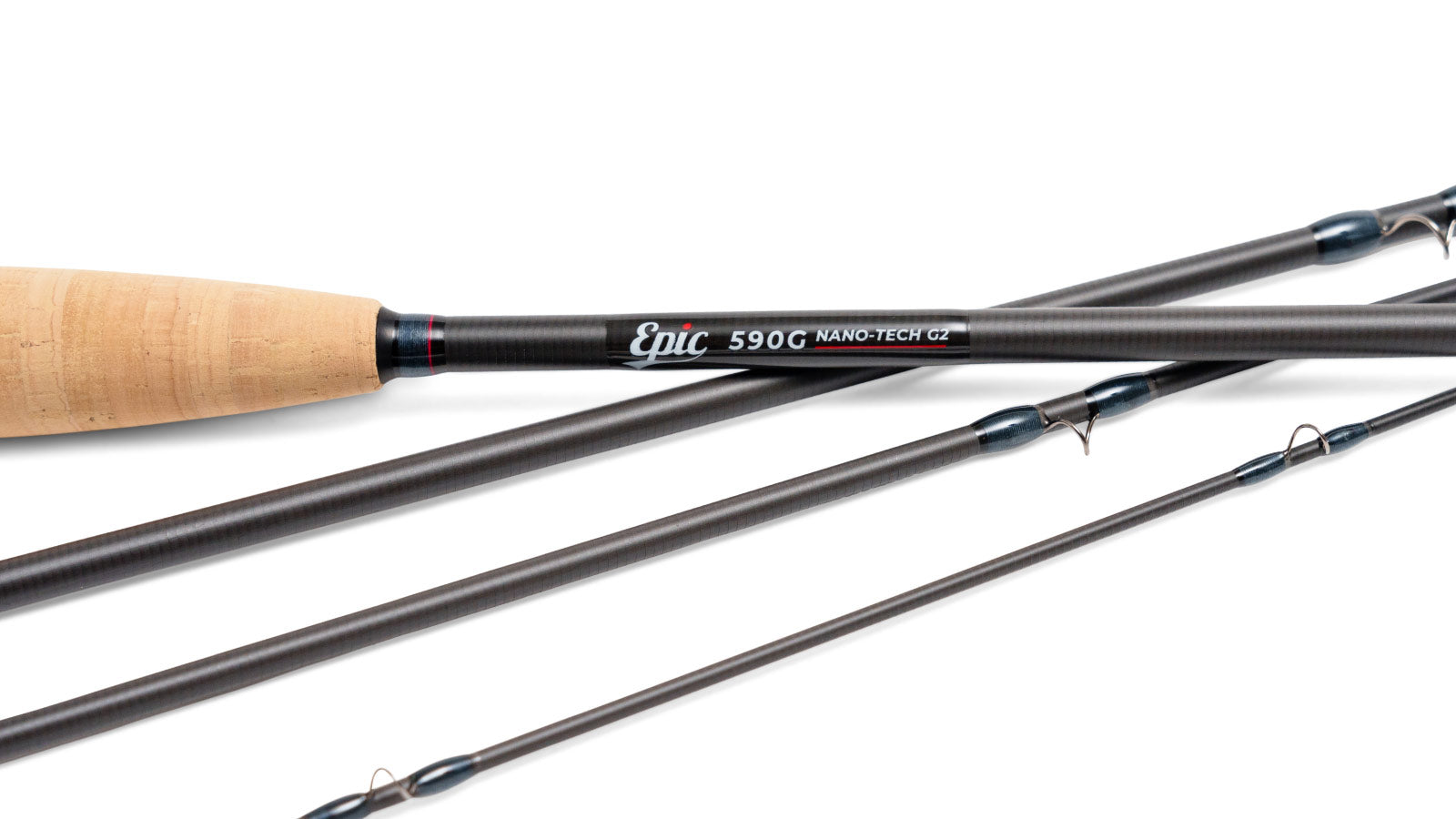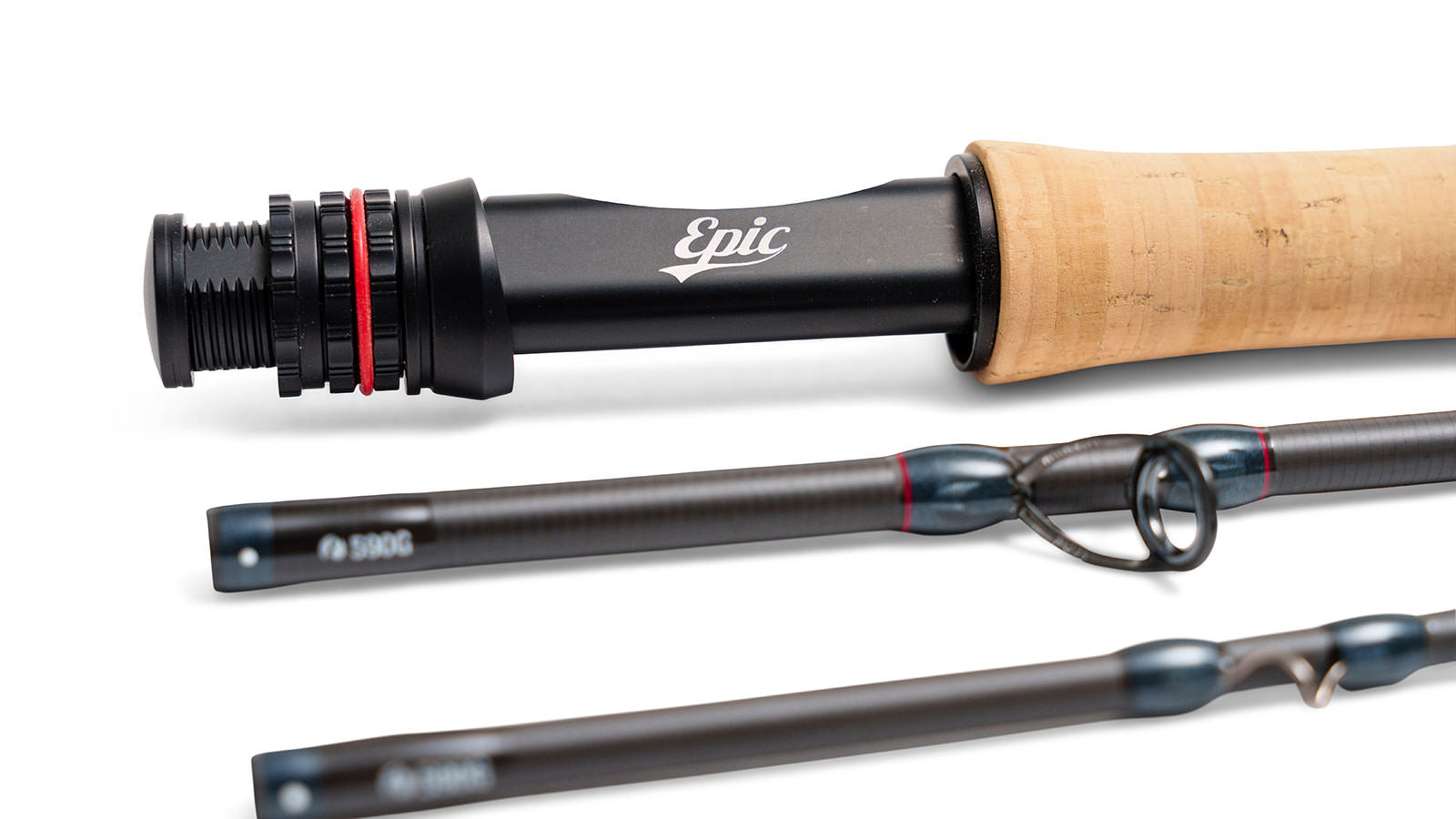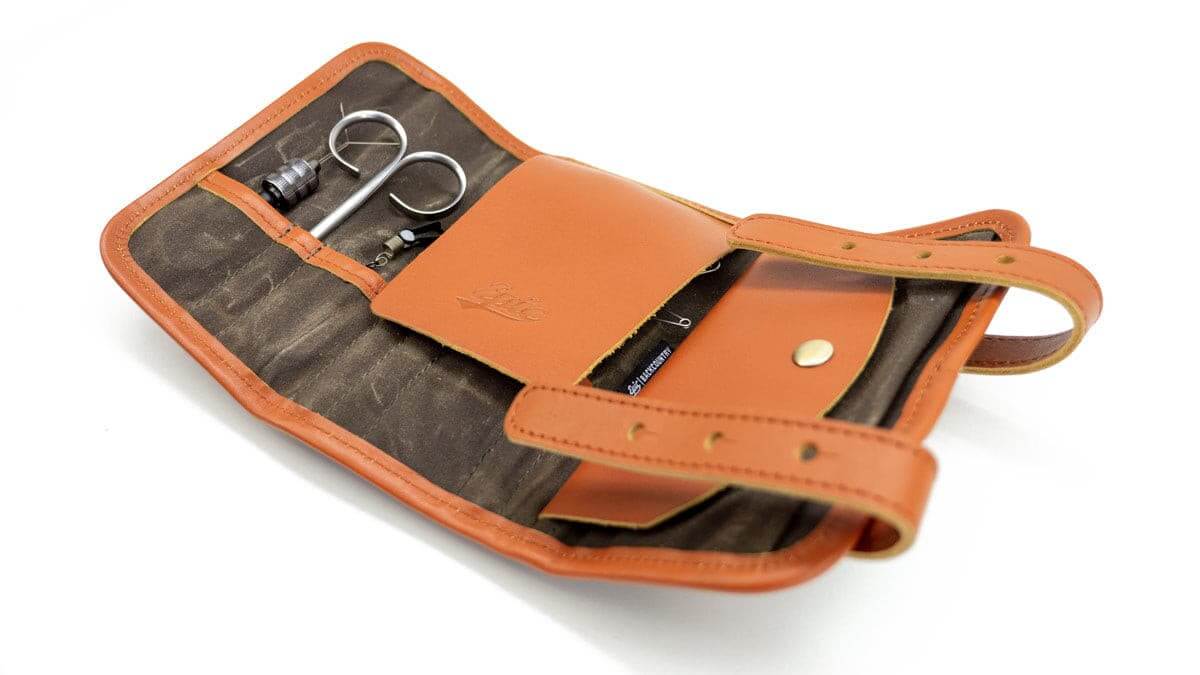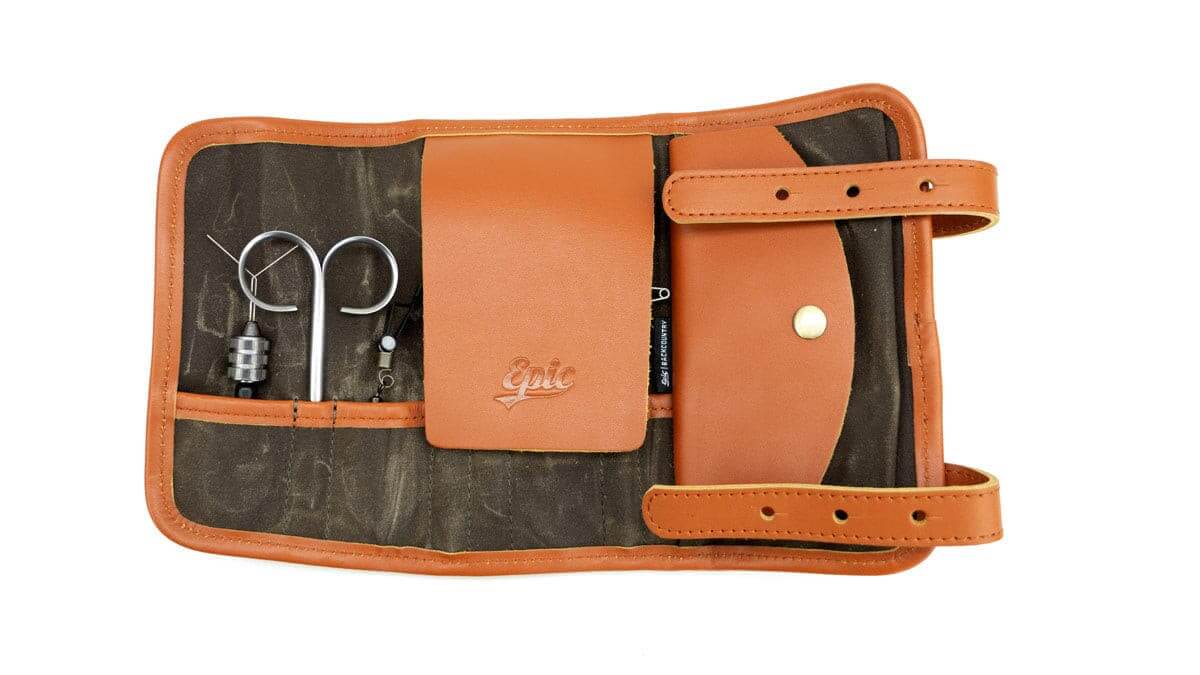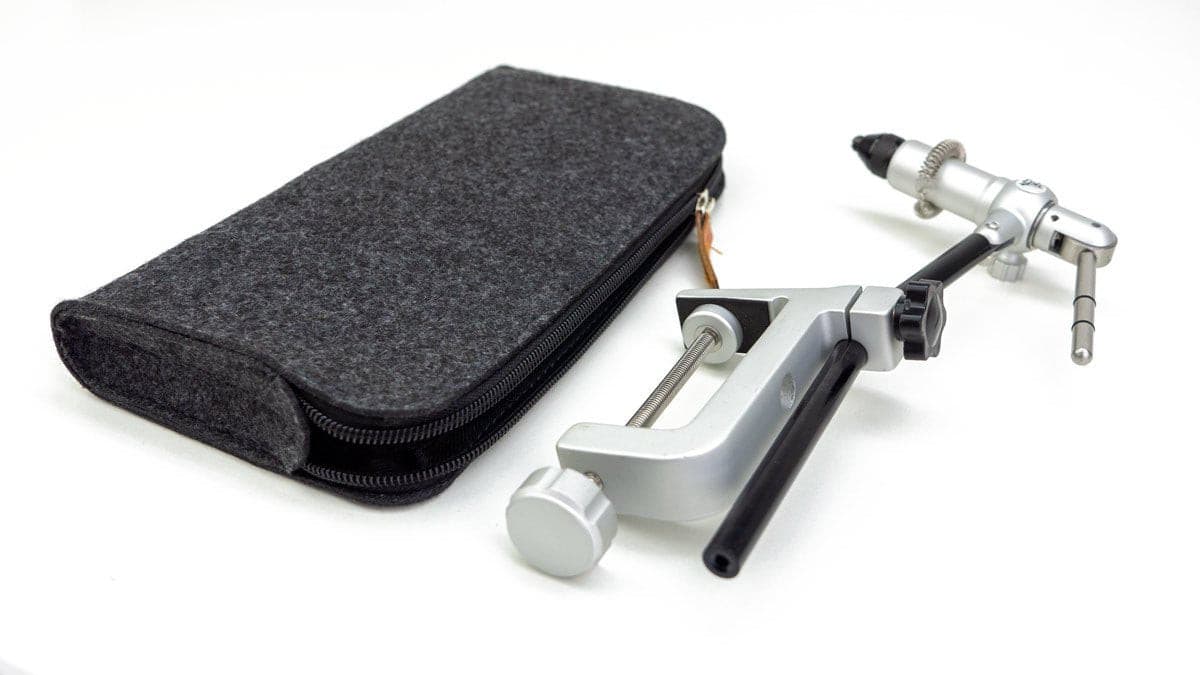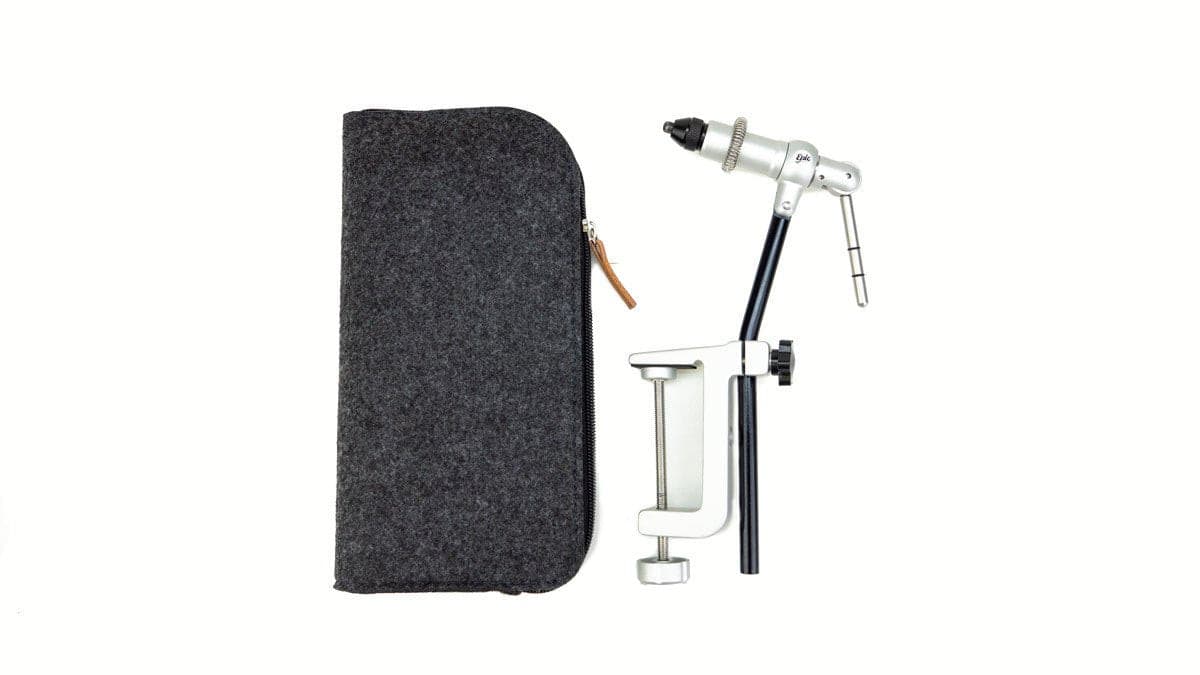Fly fishing is an angling activity that uses a lightweight lure to catch fish. This method of fishing dates centuries back and continues to grow with technological advancements. Fly fishing uses lures called artificial flies that are cast in both fresh and saltwater utilizing a rod and line. Artificial flies are different in appearance, shape and sizes; these range from insect imitations to attractors that do resemble anything in nature.
Fly fishing uses artificial flies that are either made to sink or float to catch different types of fishes. There is a wide variety of fish caught in fly fishing, including trout, pike, panfish, bass, salmon, grayling and other marine species like redfish and striped bass.
The major difference between fly fishing and other fishing methods like spin or bait fishing is that in fly fishing, the line's weight carries the hook through the air, whereas in the other two ways, the lure's weight at the end of the line gives casting distance. Generally, a fly is too light to carry the casting distance; therefore, fly fishing relies on the line's proper casting more than other types of fishing.
One of the most need-to-have fly fishing essentials is the rod. You have probably asked yourself questions about which kinds of fishing rods go with a certain kind of fishing line, or you have engaged in conversation concerning the best fly-fishing rods and lines available in the market. If you have browsed through online retail stores, you have noticed the wide variety of fly rods available.
Choosing a fly rod can be challenging, especially when you are just starting in the sport and learning the basics. Besides, fly fishing rods do not come cheap, and you want to make the right choice. Choosing a fly rod can be simple if you want it without delving into the in-depth complexities of rods' histories and evolution. Before heading to choose the right fly-fishing rod, perhaps it is important to understand a fly rod's functions. These include:
• Fly Casting: the fly rod allows the fly line to be cast accurately and with skill; this allows the fly and the line to land properly without startling the fish.
• Striking and Landing Fish: The fly rod will not only set the hook on the fish, but it will help the angler fight and land the fish safely. Therefore, it is supposed to be strong and flexible to allow for bending under pressure without snipping or breaking.
• Line Control: The fly rod will control the line that is out in the water. Once you learn how to do it, the rod gives you full control over the line's movements.
Once you have this at the back of your mind, we can now dive into how you will select the right fly rod for your fishing expedition. Here are some things to consider when choosing your fly rod.
Identify your target fish species
The first thing you should check before selecting a fishing rod is to identify the type of fish species you are targeting. Chances are, you already have one or some in mind, and that is great. The recommendation to start at this point is so that you can work your way back into the strength of the rods and the type of lines you will use. If you are unsure about the kind of fish species you want to catch, you can hop into the local fly-fishing office and ask for a recommendation. It is also advisable if you are visiting a new region or a fishing zone outside your locality.
Knowing the fish species you want to catch beforehand will help you set a base for the strength of the fly rod you require for your catch. It is critical to have an answer to this question to avoid getting the wrong rod. For example, the type of rod you will use to catch trout differs from what is used when fishing for huge bass or panfish. The type of fish you will catch may also vary with locations; this knowledge should help you determine if the waters around you or in the fishing region you are visiting have the target fish species.
Consider the Conditions of the Fishing Conditions
Ask yourself if you are fishing in saltwater or freshwater and what conditions surround these water bodies. Your rod should be adaptable and appropriate for the type of water you are likely to fish often. The fly rod that you use in salty water is not the same as what you will use in freshwater bodies. Besides, conditions such as windy or calm waters contribute to the effectiveness of the rod that you use.
Therefore, getting some background knowledge on the conditions you will be fishing in will also determine how you choose your rod. If you are not sure about where you will be fishing and the place's conditions, get a 9’ 5-weight rod. Windy conditions require a strong rod that can bend but not break easily.
Many of these rods are 5-weights, perfect for freshwater fishing of small brook trout to larger trout. However, for saltwater fishing, most anglers go for 8-weights for striped bass, redfish and salmon. The 14-weight is great for anglers who are looking to catch saltwater sharks.
Type and Size of the Fly
An angler seasoned in practice will tell you that the fly box is an important tool to carry on the expedition and tailoring it with specific species in mind gives you a right start to your adventure. It also makes sense that the rods you choose are influenced by the type of flies you will use. Our fly types could depend on the target fish species and their feeding characteristics or the current seasons and how the water looks.
If you are going for flies that are designed to match certain species of insects at different developmental stages, then streams are perfect for fishes that feed on these flies. Your rod should also be light and full flex, allowing the fly to float on the water surface. Stimulators, for instance, are perfect with slow-action lines that allow them to float or skate on the surface of the water. If you are using flies that can sink, your choice would be for stronger and fast or medium action fly rods.
Casting Style
To determine your casting style, it is important first to understand the different kinds of rod action. The rods are designed using three main actions today: fast, medium and slow, describing how a rod bends and flexes. There are also known as Tip-flex, mid-flex and full-flex rods.
Fast action fly-rods
Fast action rods are very stiff and only bends in the 1/3 upper end of the fly rod. These are powerful rods designed to provide high line speeds for longer casting distances and tighter loops in the line. They also help in the faster landing of larger fish because of the extra power and stiffness at the fly rod base. Fishing with a fast action fly rod on windy days is convenient because the rods' stiffness makes it more powerful and allows for easier casting.
However, fast action fly-rods are not great for beginners; they might find it difficult to cast using the rod, and precise casts become technical. The rod is also not ideal for cases where short casts are necessary. For example, if you are fishing in a stream using a fast action rod, the fly and fly line will be slammed into the water and startle the fish.
Medium Action Fly-Rods
Mid-flex rods are the most versatile fly rods available and can perform in a variety of conditions. Learning to fish with them is also easier for a beginner compared to fast action fly rods. They get their name from how they bend from half-way the rod. If you are likely to fish for trout in freshwater all through, then a medium action fly rod is a good action. However, if the fishing conditions change to rough, windy waters, then a fast action fly rod becomes necessary.
Slow Action Fly-Rods
Full-flex fly-rods are very flexible and on the full cast can bend to a shallow 90-degree angle. They are ideally used for fly fishing in small streams because the rods' nature allows for casting precise and perfect presentations. The slow action rods will give you easy and ample learning time. These are best suited for catching small stream fish species like small rainbows, brook trout and panfish. You get to experience the feel of catching small fish with this flexible fly rod.
With the types of rod action in mind, it is easy to determine your casting style and the best rod for your style. Whether it is a fast stroke or slow full flexing casts, with the right skills and expertise, there are various rods with the ability to give you the feels you require when fishing.
Rod Lengths
The length of rods is another important factor to consider when choosing the right fly rod. This factor is because other conditional factors are directly affected by the length of the rods you pick, and you will have a better overview of the venues these rods will cover.
Longer rods are great for longer casts and steering a fly through long drifts. However, they are heavy and difficult to cast in windy conditions, unlike shorter rods. Shorter rods offer great leverage when lifting and landing heavy fish like tarpon.
When you put other considerations in play, like smaller fishing spaces, hanging vegetation and trees, the rod's length is a vital factor. You must consider if casting a longer rod in small spaces is ideal or even possible. Rods typically come in 9 feet long lengths, but because there are scenarios where longer rods or shorter rods are required, these lengths can be added to or subtracted using pieces.
Rods available in piece-options offer the flexibility of length choices; however, attaching pieces could mean weakness. Going for a standard four-piece fly rod is perfect if you want to attach or deduct a piece in the event of hanging vegetation that could entangle your rods while casing.
Fly Rod Material
When you go through all the above considerations in choosing a fly rod, you will get a strong rod and, of course, the proper material used to make it. There are several fly rod material types, including graphite fly rod, bamboo or fiberglass.
Bamboo fly-rods go way back in tradition as the first material used to make fishing rods. Bamboo rods are organic rods that provide anglers with the subtleness of delicate presentations. These rods offer a slow flexible action but are heavy on the hands. Consider using bamboo fly-rods if you are fishing in a small stream and using dry lightweight flies. They are, however, expensive, especially when you want quality high-end rods.
A Fiberglass fly rod is a cheaper, lighter and more durable counterpart of bamboo rods. Fiberglass rods are less brittle, and when you pick one for the first time, you will notice the flexibility. They will give you a whippy feeling but lack the sensitivity of graphite rods. While casting longer distances is possible, it is not ideal with fiberglass rods. They make up for this shot coming by giving anglers the control when reeling in big fish; the deep flexing can keep a heavy fish from snapping your tippet.
A Graphite fly rod, also called carbon fiber fly rod, is expensive but lighter than fiberglass fly-rods. The weight difference between them is not much, but the difference is in its excellent sensitivity. Carbon fiber fly-rods can be solid under a steady load, but when hit but a sudden shock, they can easily develop fractures. Manufacturers are, however, coming up with a composite fly rod made up of fiberglass and graphite. This factor has given anglers all the advantages in fiberglass in terms of flexibility and strength and graphite rods' lightness.
After considering your options, the type of fish species you are interested in catching, and the conditions around your fishing expedition, choosing a fly rod should no longer be so technical. Ensure you pick a rod that you are confident about, making your fly fishing experience smooth and enjoyable. Besides, there are many fly fishing gear shops that you can walk to or link with online, like Epic, to get recommendations on the available types of rods and how they are best used. Check out Epic for a variety of rods and link up with the large community of anglers to read their experiences.


